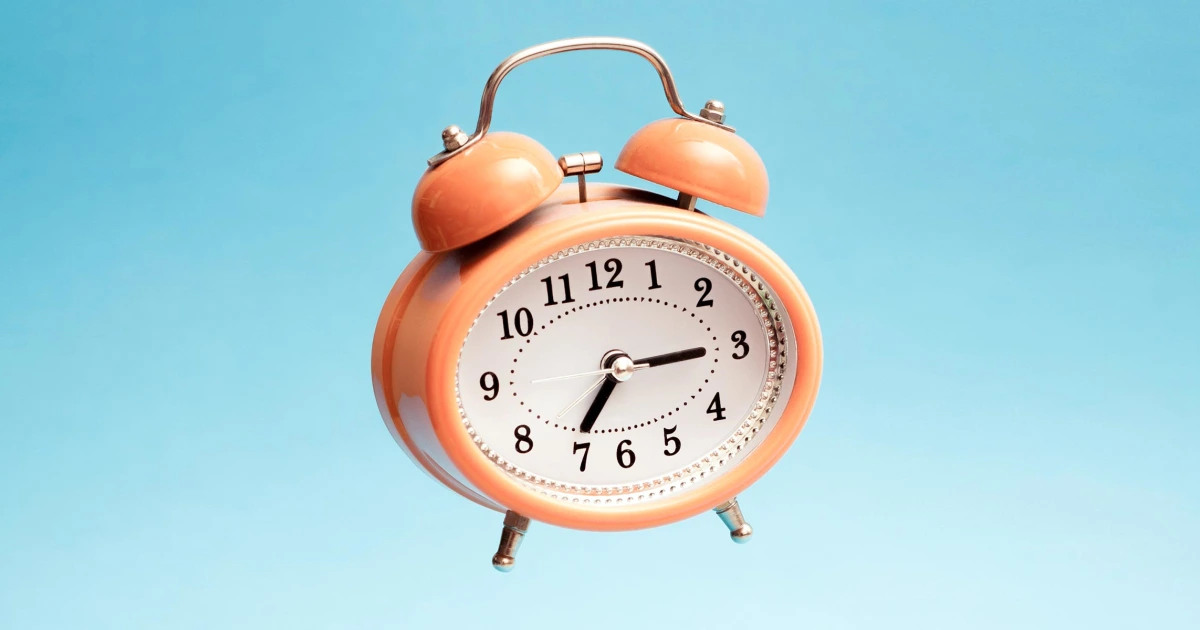Copyright TODAY

Daylight Saving Time continues to be hour cross to bear. Well, at least some people feel that way. On Nov. 2, the majority of the country will turn their clocks back one hour to standard time, prompting it to get dark earlier in the day and reigniting the debate over whether Daylight Saving Time is necessary. The shift is part of a biannual change, in which clocks go back one hour in fall and ahead one hour in spring, with the intention of getting the maximum use of daylight. However, some studies point to the possibility such a change can adversely affect productivity, safety and health. A new Stanford University study even found that if we scrapped the current system of changing the clock, “there would be a decrease in the prevalence of both obesity ... and stroke,” although that would be under 1%. “The risk to any individual is really quite small,” study co-author Jamie Zeitzer, professor of psychiatry and behavioral sciences at Stanford University, said in a story that aired Oct. 31 on TODAY. “It’s when 350 million people do it all in the same day that you can kind of see this increased risk for car accidents and heart attacks.” The Senate debated the matter this week, as part of President Trump’s Sunshine Protection Act, which seeks to scrap the time change. Arkansas Sen. Tom Cotton pointed out Congress had taken such steps before to change the clocks. “Permanent Daylight (Saving) Time would push winter sunrises to an absurdly late hour, depriving Americans of morning sunshine that’s essential for our safety and wellbeing,” he said on the Senate floor. While Hawaii and Arizona do not participate in the time changes, there continues to be talk about whether the country should follow Daylight Saving Time or Standard Time. In a Gallup poll earlier this year, 19% of respondents said they like the current method of alternating between the two times, while 24% support Daylight Saving Time all year round, providing more light at night. Another 48% say they prefer Standard Time, which would result in more light during winter mornings. Lara Weed, who also conducted the Stanford study, supports Standard Time. “Get outside, get some light exposure to regulate your circadian rhythm and make sure you’re keeping it dark at night so that you know your sleep isn’t disturbed,” she said.



